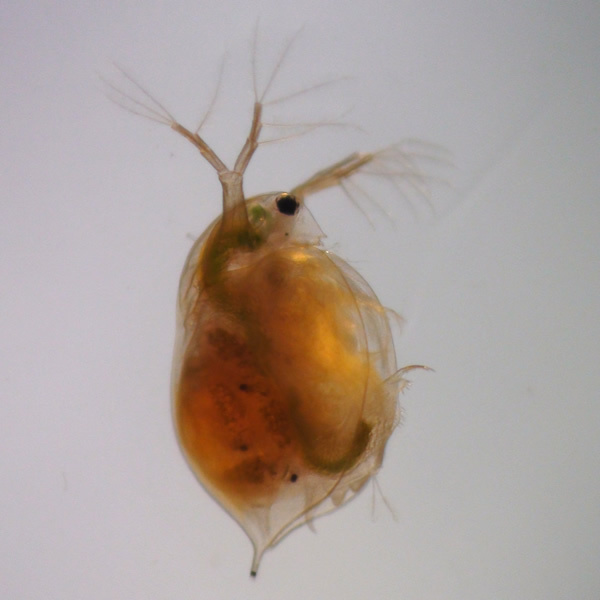The effect of microplastics on the speed, mortality rate, and swimming patterns of Daphnia Magna
(1) Roslyn High School, Roslyn Heights, New York
https://doi.org/10.59720/20-096
Microplastics are a danger to the environment. They are polluting ecosystems, threatening the survival of many species and being ingested by humans. Two common microplastic polymers, polystyrene and polyethylene, contaminate fresh and saltwater ecosystems, thereby affecting life processes of marine organisms, such as Daphnia Magna. While the effects of these plastics have been investigated individually, both plastic polymers have not yet been compared in one study. We sought to compare the effect of both polystyrene and polyethylene microplastics on the speed, mortality rate, and swimming patterns of D. Magna. D. Magna were divided into three groups which were fed either polystyrene microplastics and algae, polyethylene microplastics and algae, or only algae. We recorded the number of living D. Magna and performed phototactic response tests to determine the effect of each condition on D. Magna speed and swimming patterns. Overall, we found that microplastic consumption did not affect D. Magna speed or mortality rate. However, microplastic consumption significantly increased “spinning” swimming patterns, which, based on prior research, suggests that microplastics may have a toxic effect on D. Magna.
This article has been tagged with: